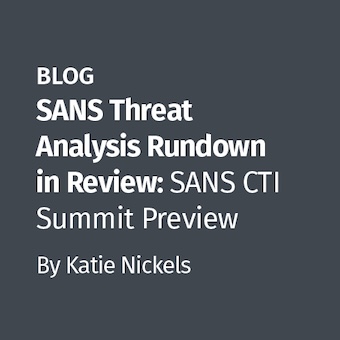After my previous post, on using uid and gid distributions to spot malicious code on *nix file systems, I took to working on some code to convert *nix "modes" (The Sleuth Kit bodyfile refers to file type and permission information as mode) from fls bodyfiles to their octal representations and then to calculate averages and standard deviations, yada yada, in an effort to find outliers among them with the goal being to find malicious files where attackers failed to match modes on their binaries with surrounding files, either because they neglected to or couldn't (regular executable files in /dev for instance).
As I thought about it, I concluded that converting to octal and calculating standard deviations would not yield the results I wanted, so I opted to use distribution analysis as I'd done with uid and gid values previously. The nice thing about this approach is that it would mean a little refactoring of the uid/gid code would make it work for modes as well. While I was at it, I figured what the heck, I'll add support for doing distribution analysis of time stamps as well, though I believe that will prove less useful than uid, gid and mode analysis.
I've created a new github repository called body-meta-dist where you can grab the code and give it a try. As with all the other Python scripts I've written, you can run this in SIFT providing you sudo apt-get install python-pip then pip install argparse. If you've already installed Python 2.7, you should be all set.
The github repo includes the following README, which I'm including here because it has some examples of the tool in use:
body-meta-dist.py calculates distributions of given metadata elements from
fls bodyfiles (see The Sleuth Kit). This may be useful to locate malicious code
in compromised file systems (i.e. backdoors via trojaned binaries, etc.).
usage: body-meta-dist.py [-h] --file FILENAME [--meta META]
This script parses an fls bodyfile and returns the metadata distribution on
a per directory basis.
optional arguments:
-h, --help show this help message and exit
--file FILENAME An fls bodyfile, see The Sleuth Kit.
--meta META --meta can be mode, uid, gid, atime, mtime, ctime, crtime.
Default is "uid"
Examples:
uid example:
./body-meta-dist.py --file sda1_bodyfile.txt
Path: /usr/lib
Count uid %
-------------------------------------------
1 10 0.05%
1 1000 0.05%
1 37 0.05%
2082 0 99.86%
In this edited example output, we see that 99% of the files in /usr/lib are
uid 0, with three files having uids of 10, 1000 and 37. These files may be good
candidates for further review.
Looking through the files in /usr/lib for this file system, uid 10 is uucp and
the file with uid 10 is actually the uucp directory in /usr/lib. Likewise, the
file having uid 37 is actually the rpm directory under /usr/lib and on this
system uid 37 is that of the rpm account. This system has no user with uid 1000
and in fact, the file in /usr/lib having this uid was malicious code.
mode example:
./body-meta-dist.py --file sda1_bodyfile.txt --meta mode
Path: /usr/sbin
Count mode %
-------------------------------------------
1 -/---------- 0.14%
1 -/lrwxrwxrwx 0.14%
1 -/rrw-r--r-- 0.14%
1 l/rr--r--r-- 0.14%
1 r/rr-s--x--- 0.14%
1 r/rrws--x--x 0.14%
2 l/rr-xr-xr-x 0.28%
2 r/rrwx--x--x 0.28%
3 l/rrw-r--r-- 0.43%
3 l/rrwxr-xr-x 0.43%
3 r/rr-sr-sr-x 0.43%
4 r/rrwsr-xr-x 0.57%
4 r/rrwxr-sr-x 0.57%
5 r/lrwxrwxrwx 0.71%
6 r/rrwx------ 0.85%
7 r/rrw-r--r-- 0.99%
11 l/---------- 1.56%
14 r/rrwxr-x--- 1.99%
20 r/rr-xr-xr-x 2.84%
65 r/---------- 9.23%
108 l/lrwxrwxrwx 15.34%
441 r/rrwxr-xr-x 62.64%
In the example output we see the mode distribution (e.g. The Sleuth Kit
documentation refers to file type and permissions in the bodyfile as mode) for
the files and directories immediately under /usr/sbin. I've seen cases where
attackers replaced system binaries in a directory like this (or simply dropped
in new binaries) and neglected to chmod the permissions to match the original
binary or surrounding files. Such an oversight may stick out like a sore thumb
when reviewing mode distributions such as the following example:
Path: /etc/rc.d/init.d
Count mode %
-------------------------------------------
1 r/rr-xr-xr-x 1.09%
91 r/rrwxr-xr-x 98.91%
To map these outliers back to actual files, simply search the bodyfile,
timeline file or mount the file system image and look for the file with these
permissions, and yes, in this example, this was a startup script for attacker
code.



